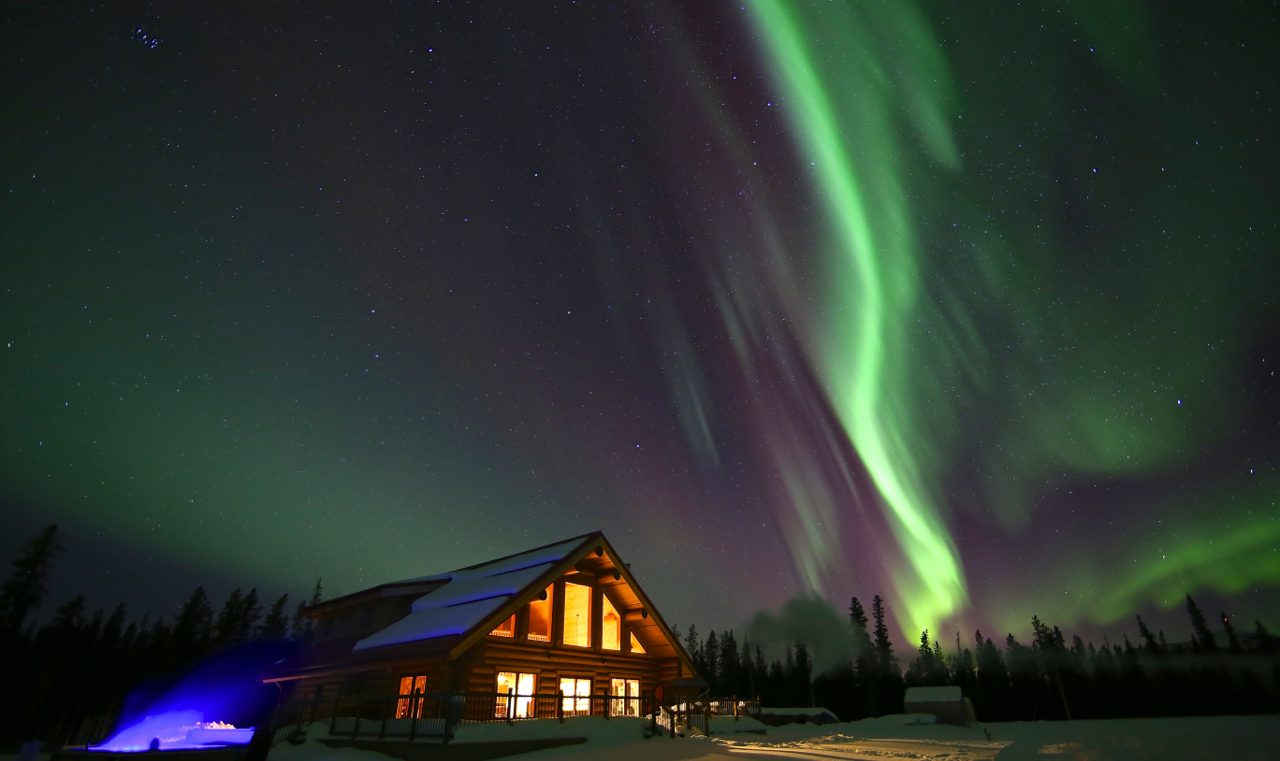

(1−5) UV radiation is commonly divided into three wavelength regions, namely, UVA (400–320 nm), UVB (320–280 nm), and UVC (280–100 nm). The harmful effects of the overexposure to ultraviolet (UV) radiation from the Sun have been well-documented. Finally, TMBP and DMBP could also find applications as molecular photon-to-heat converters. This finding implies that, aside from acting as a photostabilizer to certain UV filters, TMBP and DMBP may offer additional photoprotection in a sunscreen formulation as a stand-alone UV filter. Upon photoexcitation, these photostabilizers repopulate the electronic ground state via nonradiative decay within a few picoseconds involving a twisted intramolecular charge transfer configuration in the excited state, followed by internal conversion and subsequent vibrational cooling in the ground state. These experiments were allied with computational methods to aid interpretation of the experimental data. Solutions of TMPB and DMBP in ethanol and in an industry-standard emollient, as well as TMBP and DMBP deposited on synthetic skin mimic, were investigated.

In an effort to provide insight into their stand-alone photoprotection properties, the excited state dynamics of the photostabilizer, 3-(3,4,5-trimethoxybenzylidene) pentane-2,4-dione (TMBP), and its phenolic derivative, 3-(4-hydroxy-3,5-dimethoxybenzylidene) pentane-2,4-dione (DMBP), were studied with ultrafast transient absorption spectroscopy. This finding has fueled research into developing photostabilizer molecules. Solar exposure of avobenzone, one of the most widely used commercial UVA filters on the market, is known to cause significant degradation.


 0 kommentar(er)
0 kommentar(er)
